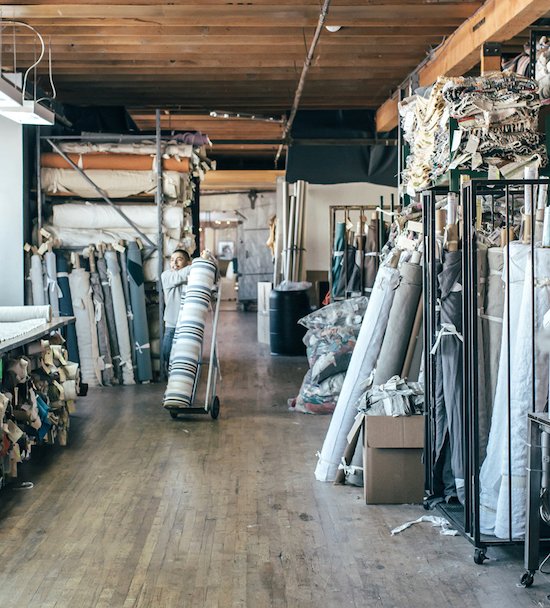SUSTAINABILITY SERIES / INTRODUCTION
SUSTAINABILITY SERIES / INTRODUCTION
We’re excited to kick off a new series on sustainability and what it means for interiors! In our first installment, read on for thoughts on how to consider sustainability for yourself.
Armadillo & Co’s rugs are made by hand from natural or sustainable materials using Fair Trade practices (source)
I had always thought of myself as environmentally-conscious with my parent-instilled habits of religiously recycling and only buying new things when the old things could no longer be used. I even wrote a paper in college analyzing LEED (Leadership in Energy and Environmental Design) standards and criticizing the loopholes in how they evaluated sustainability. But if I really dig into my life, there is so much unsustainability that escapes notice on a daily basis. Our beloved iPhones, for example, do we really want to know the conditions in which those rare earth metals are mined? (We don’t.)
Sustainable, green, eco-friendly - these are all words we hear often, but what do they really mean? Depending on who you ask and the context, there can be many different answers. However, the U.S. Environmental Protection Agency (EPA) states, “To pursue sustainability is to create and maintain the conditions under which humans and nature can exist in productive harmony to support present and future generations.”
Whether or not you care deeply about the global environment, your immediate environment most certainly has an effect on your well-being. As many people have unfortunately experienced at one point or another, paint and carpet fumes most definitely cause headaches. According to the Sustainable Furnishings Council, our indoor environments are two to five times more polluted than our outdoor environment because of the volatile organic compounds (VOCs) off-gassing from the furnishings that we bring into our homes. Not to mention, the textile production industry is one of the most chemically intensive in the world, and we are surrounded by textiles on our bodies and environments.
Inside Cisco Home’s furniture workshop, a company known for their use of Forest Council Certified wood, natural materials, and lack of chemical fire retardants. (source)
So how do we evaluate products and companies for sustainability? Here are four main areas that are helpful in evaluating:
Transparent Sourcing
Can you trace back the origin of the materials used?
Is the material provider producing within ethical and sustainable guidelines?
Ethical Manufacturing
Are the working conditions safe?
Are labor practices non-exploitive?
Low-Impact Production
Are the negative by-products of production minimal?
Are harmful chemicals being used in the product?
Upcycled Materials
If plastic is being used, is it recycled?
Is the wood reclaimed?
It is absolutely difficult, if not impossible, to be 100% sustainable in all areas currently. Our goal in discussing sustainability is not to be perfect, nor to judge or criticize, but to present information so that you can make informed decisions on your interiors based on what is most important to you. Trade-offs are often necessary in design when there are budgets and schedules to consider. However, it’s becoming increasingly easier to make sustainable decisions for your spaces, and we seek to educate and highlight those alternatives in this new monthly series.


